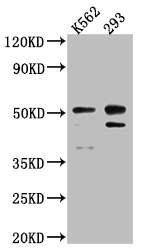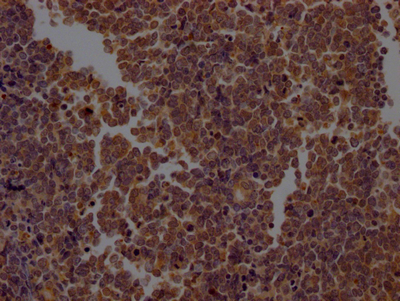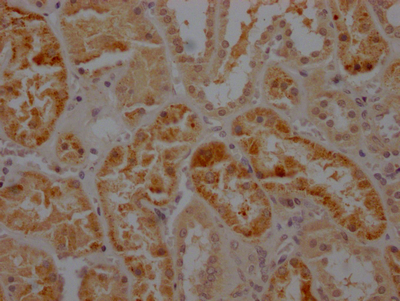The creation of the CASP2 recombinant monoclonal antibody is a complex process that involves several steps. Initially, the CASP2 monoclonal antibody is harvested and its genetic code is sequenced. Next, a vector carrying the CASP2 monoclonal antibody gene is constructed and transfected into a host cell line for culture. A synthesized peptide derived from human CASP2 is used to trigger the production of the CASP2 monoclonal antibody. The resulting CASP2 recombinant monoclonal antibody is purified using affinity chromatography to ensure high purity. Finally, ELISA, WB, and IHC assays are performed to verify the antibody's ability to recognize CASP2. It only detects human CASP2 protein.
The CASP2 plays important roles in apoptosis, DNA damage response, tumor suppression, and inflammation. CASP2 has been shown to play a role in apoptosis in response to a variety of stimuli, including DNA damage, oxidative stress, and ER stress. CASP2 activation can lead to the cleavage of downstream targets that ultimately trigger apoptosis. CASP2 is activated in response to DNA damage and can promote the repair of damaged DNA by regulating the activity of DNA repair proteins. CASP2 has been implicated in the suppression of tumor growth and the prevention of cancer development. Dysregulation of CASP2 activity has been associated with various diseases, including cancer and autoimmune disorders.








